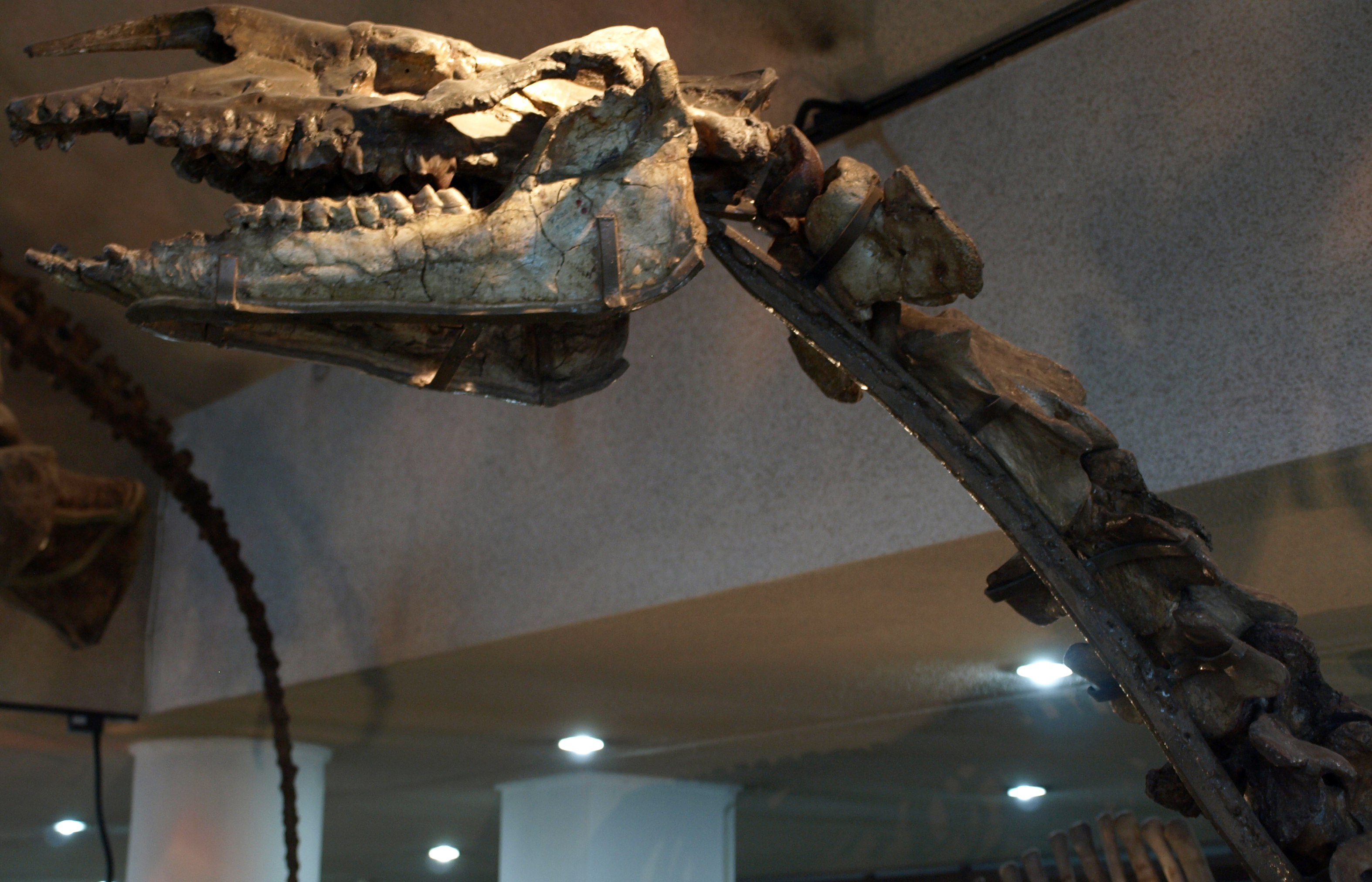- Indricotheriinae
Taxobox
name = Indricotheriinae
fossil_range = LateEocene to EarlyMiocene

regnum =Animal ia
phylum = Chordata
classis =Mammal ia
ordo =Perissodactyla
familia =Hyracodontidae
subfamilia = Indricotheriinae
subfamilia_authority = Borissiak, 1923
subdivision_ranks = Genera
subdivision =
* ?"Benaratherium "
* "Forstercooperia "
* "Indricotherium "
* "Juxia "
* "Paraceratherium "
* "Urtinotherium "Indricotheriinae is a subfamily of Hyracodontidae, a group of long-limbed, hornless
rhinoceros es that evolved in theEocene epoch and continued through to the earlyMiocene . The earlier hyracodontid species, such as "Hyracodon " were modest-sized, fast-running, lightly built animals with little similarity to modern rhinoscite book |author= Savage, RJG, & Long, MR|year=1986 |title= Mammal Evolution: an illustrated guide|publisher= Facts on File|location=New York|pages= 192-193|isbn= 0-8160-1194-X] . However, during the late Eocene and earlyOligocene , the Indricotherines evolved, and quickly grew to huge sizes [cite book |editor=Palmer, D.|year=1999 |title= The Marshall Illustrated Encyclopedia of Dinosaurs and Prehistoric Animals|publisher= Marshall Editions|location=London|pages= 262-263|isbn= 1-84028-152-9] . They flourished in therainforest s of a coastal region that becameKazakhstan ,Pakistan , and SouthwestChina , and lived further inland throughout central Asia as well.The Indricotherines reached the peak of their evolution from the Middle Oligocene through to the early Miocene, where they had become truly gigantic animals, represented by the specialized genera "
Indricotherium " and "Paraceratherium " (these genera may be synonymous, but several distinct species probably remain valid). These were the largest landmammal s that ever lived, equaling the medium-sizedsauropod dinosaurs in size. However, they remained confined to central Asia, which at the time was part of a large, lush lowland region. The collision with theIndia n subcontinent and theHimalaya n uplift led toglobal cooling ,desertification , and the disappearance of forest habitats, which resulted in the extinction of these giant ungulates.References and External links
* [http://dsc.discovery.com/convergence/beasts/photo/photo2/slide_05.html Indricotherium]
* [http://dsc.discovery.com/convergence/beasts/know/fortelius.html Discovery Channel] - Answers from Dr.Mikael Fortelius
* Lucas, S. G. & Sobus, J. C., (1989), The Systematics of Indricotheres. 358-378 in Prothero, D. R. & Schoch, R. M., (eds.) 1989: "The Evolution of Perissodactyls", Oxford University Press, New York, New York & Oxford, England
* [http://www.helsinki.fi/~mhaaramo/metazoa/deuterostoma/chordata/synapsida/eutheria/perissodactyla/hyracodontidae/indricotheriinae.html Hyracodontidae: Indricotheriinae] - Mikko's Phylogeny Archive - follows Lucas and Sorbus
Wikimedia Foundation. 2010.
